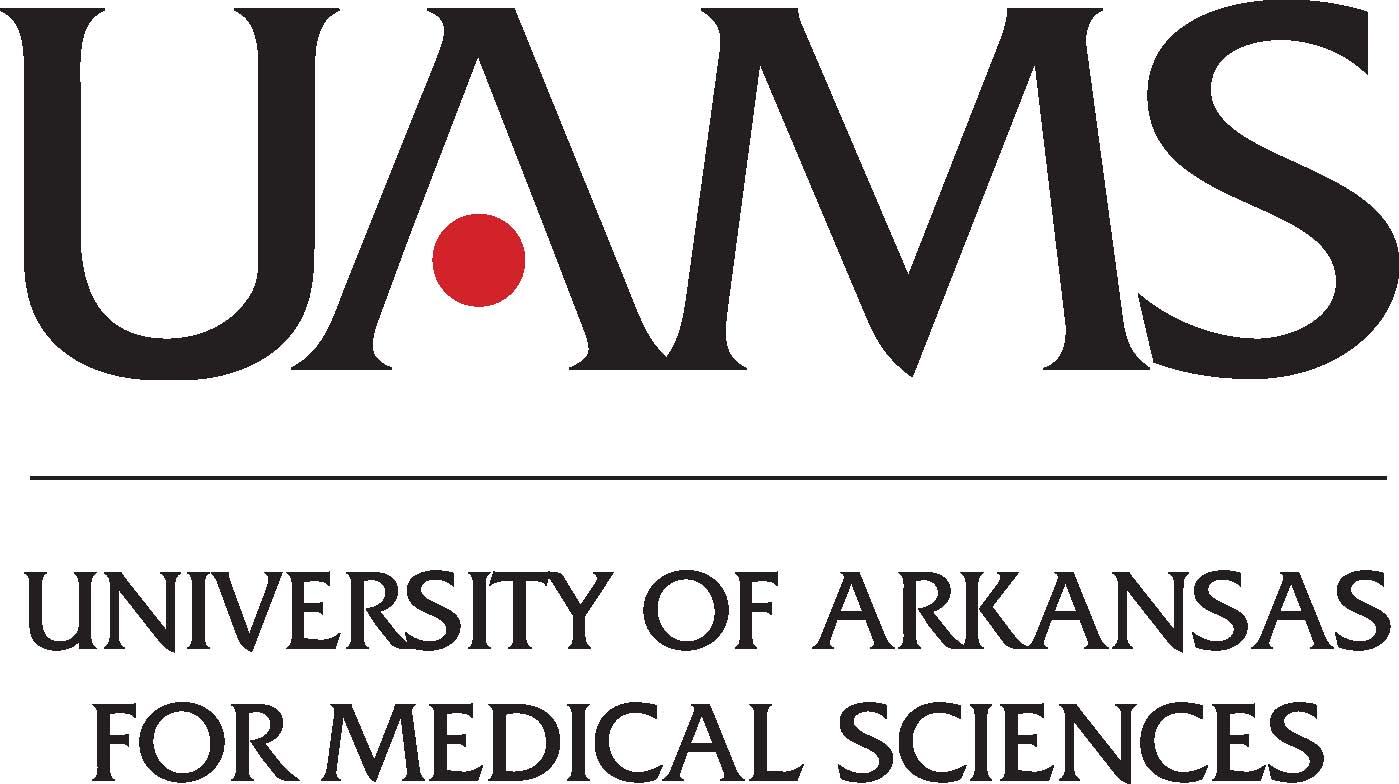Novel Virtual Reality for Burn Wound Care Pain in Adolescents
| Status: | Recruiting |
|---|---|
| Conditions: | Other Indications, Hospital |
| Therapuetic Areas: | Other |
| Healthy: | No |
| Age Range: | 10 - 21 |
| Updated: | 1/26/2019 |
| Start Date: | January 4, 2018 |
| End Date: | June 2020 |
| Contact: | Debra Jeffs, PhD |
| Email: | jeffsda@archildrens.org |
| Phone: | 501.364.3239 |
Burn wounds cause intense, complex pain, and subsequent burn wound care causes further
intense, episodic pain that is often unrelieved by opioid and non-opioid medications,
resulting in under-treatment of pain. Further, opioid analgesics can have untoward side
effects including respiratory depression, nausea, constipation, pruritus, drowsiness,
lethargy, dependence, and induced hyperalgesia. As one of the most severe types of pain, burn
wound care pain adds to the trauma pediatric patients already experience from the burn itself
impacting quality of life with subsequent behavioral and maladaptive responses, such as
agitation, anger, anxiety, hyperactivity, uncooperativeness, aggression, and dissociation.
Lack of control over the procedure, pain memory, anxiety in anticipation of the repeated
painful nature of the procedure, and transmission of clinician distress associated with
inflicting procedural pain on the child contribute to the pain perceived.
Virtual reality (VR) shows great promise as an engaging, interactive, effective
non-pharmacologic intervention for various painful healthcare procedures, including burn
wound care, therapies, and chronic pain conditions, despite equivocal findings, perhaps due
to methodological issues. Designs of many studies of VR during burn wound care have been case
studies or carefully controlled within-subject designs; sample sizes have been small.
Recommendations for ongoing research include conducting more rigorous studies including
randomized controlled trials (RCTs), repeat design studies, testing VR throughout the
healthcare procedure, comparing VR to other distraction interventions; and using larger
sample sizes.
Primary Aim 1: Compare the effectiveness of age-appropriate, consumer available, high
technology, interactive VR with standard care (SC) on adolescents' acute procedural pain
intensity perception during burn wound care treatment in the ambulatory outpatient clinic
setting.
intense, episodic pain that is often unrelieved by opioid and non-opioid medications,
resulting in under-treatment of pain. Further, opioid analgesics can have untoward side
effects including respiratory depression, nausea, constipation, pruritus, drowsiness,
lethargy, dependence, and induced hyperalgesia. As one of the most severe types of pain, burn
wound care pain adds to the trauma pediatric patients already experience from the burn itself
impacting quality of life with subsequent behavioral and maladaptive responses, such as
agitation, anger, anxiety, hyperactivity, uncooperativeness, aggression, and dissociation.
Lack of control over the procedure, pain memory, anxiety in anticipation of the repeated
painful nature of the procedure, and transmission of clinician distress associated with
inflicting procedural pain on the child contribute to the pain perceived.
Virtual reality (VR) shows great promise as an engaging, interactive, effective
non-pharmacologic intervention for various painful healthcare procedures, including burn
wound care, therapies, and chronic pain conditions, despite equivocal findings, perhaps due
to methodological issues. Designs of many studies of VR during burn wound care have been case
studies or carefully controlled within-subject designs; sample sizes have been small.
Recommendations for ongoing research include conducting more rigorous studies including
randomized controlled trials (RCTs), repeat design studies, testing VR throughout the
healthcare procedure, comparing VR to other distraction interventions; and using larger
sample sizes.
Primary Aim 1: Compare the effectiveness of age-appropriate, consumer available, high
technology, interactive VR with standard care (SC) on adolescents' acute procedural pain
intensity perception during burn wound care treatment in the ambulatory outpatient clinic
setting.
Inclusion Criteria:
- Undergoing burn wound care
- First visit to the outpatient Arkansas Children's Hospital (ACH) Burn Clinic or first
wound care procedure in the Burn Clinic without sedation
- Ages 10 through 21 years (based on a developmental framework of early adolescence:
10-13 years, middle-adolescence: 14-17 years, and late adolescence: 18-21 years)
- English speaking (Note: Not all data collection tools are available in languages other
than English)
Exclusion Criteria:
- Any wounds that may interfere with study procedures (Previously, we did not have to
exclude facial, head, neck or hand burns but were able to adapt the VR equipment.)
- History of motion sickness, seizure disorder, dizziness, or migraine headaches
precipitated by visual auras
- Incarcerated minors
- Minors in foster care
- Presence of a cognitive developmental disability determined on prescreening by
presence of a Section 504 accommodation plan or Title VIII individualized educational
plan (IEP) in school. If IEP or 504 plan is unrelated to a cognitive delay, then the
adolescent will be included in the study.
We found this trial at
1
site
529 West Markham Street
Little Rock, Arkansas 72205
Little Rock, Arkansas 72205
(501) 686-7000

Phone: 501-364-3239
University of Arkansas for Medical Sciences The University of Arkansas for Medical Sciences (UAMS) in...
Click here to add this to my saved trials